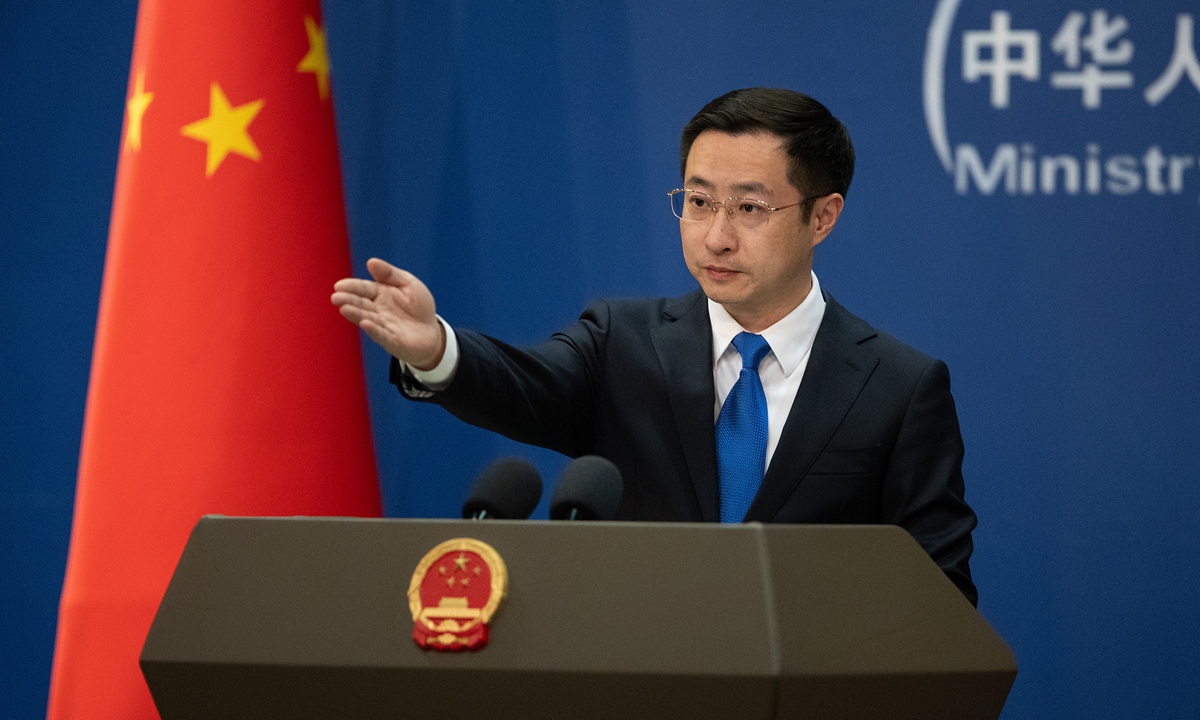Governance Challenges: Risks in Board Restructuring

The recent restructuring of the board of directors at the company in question is a significant stride towards enhanced governance practices. The introduction of a balanced mixture of executive and independent non-executive members, along with the establishment of four specialized committees — Audit, Nomination, Remuneration and Assessment, and Strategic — demonstrates an acute awareness of the need for rigorous oversight and transparency in decision-making.
This restructuring illuminates an emerging trend wherein firms are increasingly embracing corporate governance standards aimed at bolstering investor confidence in their operational integrity. In the wake of high-profile governance failures, such as those seen during the financial crises in 2008, companies are prioritizing transparent governance mechanisms. For stakeholders, this shift signals a commitment to ethical practices, potentially paving the way for improved EBITDA margins and enhanced long-term profitability.
However, the effectiveness of this governance model hinges on the composition and independence of the committee members. While the inclusion of independent non-executive directors aims to mitigate conflicts of interest and ensure impartiality, reliance on a single individual for multiple pivotal roles — such as Dr. Wang Qinghua's involvement in various committees — raises eyebrows. Could this duality of roles lead to a concentration of power that might cloud judicious decision-making? The question looms large, as it poses risks that could outweigh potential benefits from such an organizational structure.
Moreover, if not handled diligently, this scenario could echo the pitfalls of past corporate governance failures, where lack of independence led to critical oversights. Therefore, the board's challenge will be to maintain a vigilant stance on potential conflicts while fostering an environment conducive to rigorous debate and diverse perspectives — the very foundation of effective governance.
In this light, the efficacy of this governance overhaul rests not only on its structural sophistication but also on the inherent culture of accountability it cultivates.
Looking ahead, as the global economy continues to navigate the uncertainties post-pandemic, the emphasis on sound governance in organizations will remain paramount. Investors will be keenly observing how these changes translate into operational performance and risk management. The ability of the board to balance oversight while empowering executive actions will be critical in navigating the economic landscape, characterized by fluctuating GDP growth, rising CPI in certain sectors, and unpredictable yield curves. Stakeholders, from institutional investors to consumers, will benefit from a well-executed strategic governance model, and thus attention to transparency and resilience in corporate structures can foster an environment of sustainable growth.
Read These Next

Nauru Reveals AU1 Billion Development Project with China
China's Foreign Ministry highlights importance of Nauru's AU$1B development project, signaling China's growing global economic influence.

Public Mutual Funds Expand with New Sales Agencies
Major public fund institutions, including Agricultural Bank of China, expand distribution agencies to enhance market share amid competition.

Xi Jinping Economic Thought Blends Chinese Context and Global Vision
Xi Jinping Thought on Economy guides China’s transition, promoting sustainable growth and international collaboration.
